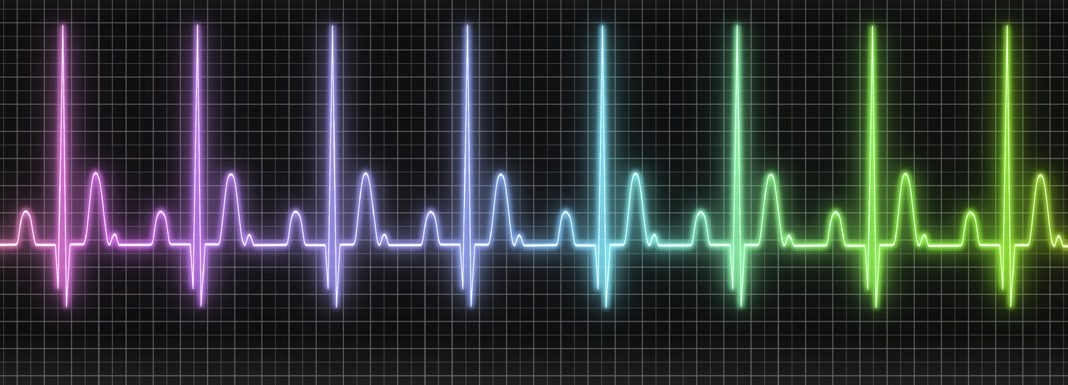There are many ways to measure risk factors for having a heart attack, but for more than the last 60 years, the criteria used most by doctors to predict your likelihood to suffer a heart attack was to measure your LDL and HDL cholesterol. However, several recent studies show that high levels of HDL cholesterol are not always associated with preventing heart attacks (Medscape Internal Medicine, July 27, 2018). Today, doctors depend far more on the results of your LDL cholesterol test and how much plaque you have in your arteries. If your LDL cholesterol is greater than 100 and you have other heart-attack risk factors, your doctor is likely to recommend that you take a statin drug to lower cholesterol. If your arteries are loaded with plaques, you need an immediate supervised program to prevent a heart attack and some may even need a medical procedure.
The Difference between HDL and LDL Cholesterol
To help you remember the terms, I call LDL cholesterol “Lousy” and HDL cholesterol “Healthy”. The Lousy LDL cholesterol is harmful because it carries cholesterol into arteries to form plaques that can break off to cause heart attacks. The Healthy HDL cholesterol is supposed to help prevent heart attacks by carrying fats and cholesterol from your arteries and bloodstream into your liver where they can pass into your bile and from your body. HDL is also supposed to reduce inflammation (Circ Res, 2004;95:764-772) and help prevent the clots that eventually cause heart attacks (Circ Res, 2006;98:1352-1364). However, the literature is now full of articles that show that:
• Some people with very high HDL cholesterol levels are at high risk for heart attacks;
• Niacin raises blood levels of the Healthy HDL cholesterol, but does not prevent heart attacks (N Engl J Med, 2014;371:203-212);
• Cholesterol transfer protein inhibitors such as torcetrapib, that raise HDL, do not prevent heart attacks (N Engl J Med, 2007;357:2109-2122); and
• HDL cholesterol may be rendered ineffective by factors that cause the Lousy LDL to become oxidized (Curr Atheroscler Rep, 2007;9:57-63), as in diseases associated with inflammation such as diabetes or during a heart attack.
The explanation for this lack of protection is that the HDL cholesterol is sometimes defective and does not do its job of getting rid of cholesterol by carrying it from the arteries into the liver. These people produce very large amounts of ineffective HDL cholesterol. Some women have a significant increase in HDL cholesterol at the time of the menopause, possibly because of a decrease in estrogen and weight gain that often accompany menopause, which may oxidize HDL to change it from a cardioprotective particle to one that promotes inflammation, oxidation and heart attacks (Am J Cardiol, July 4, 2018). It would be very helpful to measure how effective HDL is in removing cholesterol from your body, but doctors do not have any lab test available to do this.
Tests to Predict Your Risk for a Heart Attack
• Blood lipids: LDL and HDL cholesterol, triglycerides, non–HDL-cholesterol, and cholesterol particle size. Small particle cholesterol is more likely to enter arteries to form plaques. If you have high levels of both HDL and LDL, get an HDL particle size number. Having small, dense LDL and large, fluffy HDL markedly increases risk for a heart attack.
• NT-proBNP: BNP (brain natriuretic peptide) is a hormone released by your brain and heart when your heart muscle is stiff and cannot relax between beats
• Resting heart rate: a heart rate greater than 70 is associated with increased heart attack risk
• Lp(a): a genetic factor that increases risk for clotting and heart attacks
• Homocysteine: associated with increased risk for a heart attack
• HBA1c: a blood test that measures cell damage from high blood sugar levels
• High sensitivity CRP: a measure of inflammation
• High sensitivity treponin T: a measure of heart muscle damage
• Carotid Intima-Media Thickness (CIMT) Test: Soundwaves measure plaques in the carotid arteries in your neck
• CT scan X ray: shows plaques in your heart arteries
Other Heart Attack Risk Factors
• High blood pressure
• Diabetes or prediabetes
• Smoking
• Being overweight or obese
• Storing excess fat in your belly
• Being physically inactive
• Having a family history of early heart disease
• Having a history of preeclampsia during pregnancy
• Eating an unhealthful diet
My Recommendations
You can find out your chances of suffering a heart attack by getting the blood tests for LDL and HDL cholesterol, triglycerides, non–HDL-Cholesterol, and cholesterol particle size. If any of these tests are abnormal, or you have other risk factors for a heart attack, your doctor can measure the amount of plaque in your arteries with either an ultrasound test of the arteries in your neck or a CTscan X ray of the arteries in your heart.
Whatever your test results, I believe that everyone should be on a heart attack prevention program. If you have significant plaques in your arteries, I recommend an immediate program to get rid of these plaques; they are often reversible with strict lifestyle changes.
Checked 5/19/23



